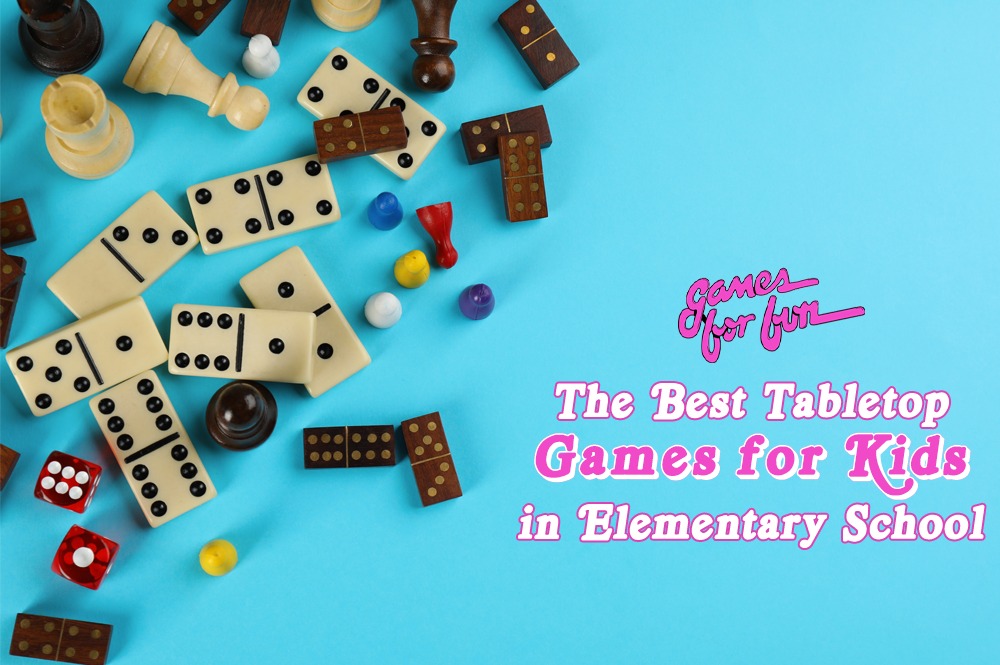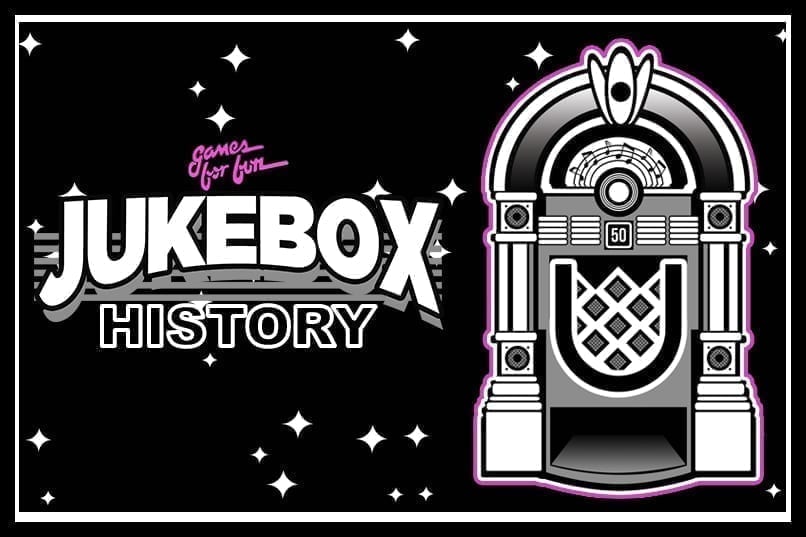Overview: Take a look at this list of awesome tabletop games for kids in elementary school
This is for all you elementary school teachers interested in keeping your students engaged, or parents, babysitters, or daycare center staff! A good board game might be the answer to help your kids remain engaged with helpful activities.
These tabletop games for kids are easy to play, convenient to store in a classroom setting, and helpful for kids’ minds. If you’re looking for ideas to keep kids or students engaged in and out of the classroom, you’ve come to the right place! Without a doubt, your kids will have fun while strengthening their critical thinking skills.
Trouble:
One of the simplest yet most enticing board games for elementary school kids is Trouble. The game’s goal is to be the first player to move four pieces from the Home portion to Finish.
Sounds fun, right? You can take a look at it here.
You choose a color of choice, or let the kids decide for themselves. Place all these colors in the home spot. Press the dome of the pop-dice roller – the dice will jump and roll.
The rules are to move your pieces from the home spot after the dice stop at 6. The pieces can’t be out if the dice don’t stop at 6. If your piece happens to land on the opponent’s piece, their piece will return to home, and your piece will move clockwise around the circle and closer toward the end/goal.
The player must line their pieces into ‘finish’ areas to win this game.
This game requires a minimum of 2 players – the maximum can be 4. When one wins, the rest of the three can continue the game with more players. In a classroom setting, you can split children into teams of four for convenience.
If you’re interested in a tutorial, take a look at this video.
Chutes and Ladders:
Chutes and Ladder portrays a picture of good and evil. With this game, you can teach the kids how the Ladder represents the reward of doing good deeds while the slide illustrates the consequences of doing wrong to someone.
You can learn more about the game and purchase it at an affordable price price here.
How to Play
Open the board and place the spinner with each of the players. There are 4 small players on a plastic stand. Players of chutes and Ladder spin the spinner to determine how many squares a character should jump. If the final stop lands at the bottom of the Ladder, the chute climbs the Ladder.
>> Related article: The Best Board Games for Kids
Scrabble:
This game is ideal for those who enjoy words – Scrabble is designed to help players practice spelling and challenge the students’ vocabulary while having an enjoyable time.
You can play along with your students, not just as a teacher but as a partner, to create more interest among the students. They’ll also learn advanced, relatively obscure words without the pressure of a “classroom” setting.
Remember to keep a dictionary on hand to confirm words and encourage kids to think outside the box and create words from preexisting words!
While Scrabble is a straightforward game, you can watch this tutorial for good measure.
Upwords:
This is yet another fun classroom board game that follows the same pattern as Scrabble above. This game allows students to learn new words by placing alphabetic tiles on top of one another.
For instance, the kids will change bat to rat by replacing ‘b’ with the ‘r’ and so forth. Also, similar to Scrabble, Upwords help players understand how similar words are different in meaning.
You can purchase this game here and watch a quick tutorial by clicking this link.
Ticket to Ride:
Stuck in a geography lesson? Ticket to Ride got you covered. Ticket to Ride is an adventure cross-country game embellished with beautiful colors, drawings, and routes between the beautiful cities of the USA. There are 30 destination cards – with each card having points assigned to it. Look at your destination cards before your turn.
Each player places their chosen markers at the start of the scoring track. It contains 14 locomotive cards 110 train cards with 12 each train car type.
The cards should be secret from one another so the opponent doesn’t know which city you’re heading to.
To claim a route, it’s essential to have the correct number of train cards matching the route. Let’s say that you want to travel from Miami to New Orleans; you’d need six red train cards. Once you play the required cards, place your colored train onto the route.
If this sounds fun, you can purchase this for your kids here. If you need a bit more help learning how the game is played, take a look at this video for more understanding.
Apples to Apples:
Guess who?
This game helps players identify the difference between facial features. The game’s object is to guess who’s on your opponent’s card before they guess yours.
Place the red face card into the red tray (the blue cards are already there). Shuffle the mystery cards and draw a picture in the slot while ensuring that the opponent can’t see it. The opponent should do the same.
The next step is the Q&A session. On your turn, ask close-ended questions to answer with a Yes or No. For example, your opponent can ask: Does your mystery person have blue eyes? If the answer comes yes, turn all the cards with brown eyes down. If the answer is no, turn all the characters with blue eyes down.
Interested in purchasing? Click here.
In Summary:
At times, kids need a bit more fun to keep them entertained, especially in a classroom setting. With the right strategies, though, teaching and learning could be fun for everyone! After all, they are kids… they love to learn!
Consider the tabletop games from this list, try a few out one day in class or with your kids, and see which one you like the best! No matter your choice, the kids will be engaged.







